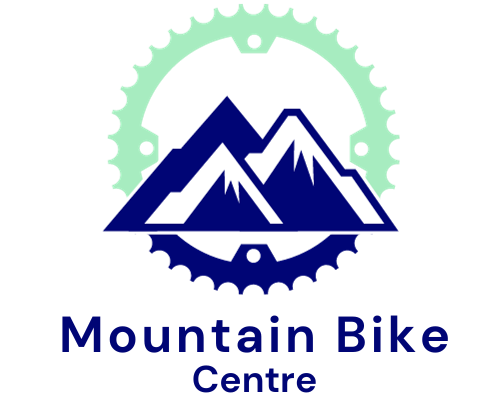
Mountain bike braking is arguably the most important aspect of mountain bike riding that needs to be tip-top both in the mechanics and in your action. Sometimes there are problems with both and the answers aren’t always obvious so here are 7 tips which may be of help:
Brakes Not Working
The reasons for this are either through poor setup or just mechanically they’re not working correctly.
A really common mountain bike braking problem is people getting oil onto their rear discs. They lube up their chains, especially with spray, and it gets over the back and onto the disc plus it might also go onto the pads. You can normally tell why there’s a bit of squealing coming from just the rear brake and they’re either not going to work at all or not going to be as good as the front ones. So, definitely check there’s no contamination on the pads. You might be able to boil it off or you might just have to get new pads and clean the rotor.
Another point is to make sure you’ve got plenty of material left on your brake pads. They shouldn’t have actually rubbed all the way through to either the back of the metal material or even on the springs – sometimes they can get caught in your rotor. Also, make sure your disc is centred right in the middle.
Set Up Levers Correctly
Having your levers not set up quite right will mean you’re not going to get the most power from your brakes. Make sure you get the most leverage through those brake levers by setting the lever movement at the absolute or near minimum so the brakes hit the disc pretty instantly.
The placement of the levers on the bar is definitely down to personal choice because people hold onto the handlebars in different places. Basically, you don’t want to have reach too far to pull the levers so set them up at the right angle on the bar so that when you need them most, you can reach them. Remember that, normally when you brake really hard, you should be positioned quite far back on the bike so the levers should also be high enough for you to reach them and make sure they do the work properly.
Correct Body Position
Dropping your heels behind the pedals and your wrists rolling behind the bars means the weight goes down into the bike rather than up and over. That stops YOU from going over the bar! The rear tyre and rear brake, therefore, do a lot of the stopping and it’s the most efficient way.
Use Tyres and Levers Independently
Both brakes and tyres work together to stop the mountain bike but it’s a mistake not to think about them independently. There are definitely situations where you can use a bit of one brake to help you out. For example, if you’re trying to get the back wheel to move around, you can by mistake use a bit too much rear brake causing a big skid. Instead, use small pumps of the rear brake lever just so you’re getting the back tyre to step out to manoeuvre around a corner.
Similarly, you can use the front brake a bit too much. It’s probably in a situation where there’s a lot of grip and you can do an endo (front wheelie) to bring the back wheel up and round. You’re more likely to use the skid when it’s a bit looser and there’s less grip.
Big brakes with four-pot callipers and massive rotors are only as good as how much grip you’ve got. Definitely think about what the braking edge is like in both of your tyres, especially the rear because the right edge on there will really help slow you down. Don’t forget too that, as soon as you start turning and leaning the bike over, you’re actually moving off those edges a bit and onto those sides knobs, so you’re not going to be able to brake as hard.
Front Wheel Washout
The biggest mistake, when it comes to braking, is too much front brake in the corners and the dreaded front wheel washout (where the wheel slides from under you!). Go easy on the front brake!
Braking Gently
A worthwhile practice is to try to ride a downhill trail fast and think about what you’re doing with the brakes. Are you easing on and off gently and actually controlling how hard you pull them? You no doubt think you are but try and feel it. It’s often the case that you’re more likely grabbing at them when you feel the need. This isn’t going to give you the most amount of grip. Snatching at the lever will put a lot of strain through the tyre to stay gripped so try and smooth out the action.
Front Brake Rules?
There is a myth where mountain bikes are concerned that front brakes do more. In the case of a road bike, you’re often on a surface such as tarmac and it has a decent grip. In that case, it’s fine for the front brakes do a lot in making you come to a standstill.
However, when you’re riding standing up on a trail where there’s less grip, your riding needs to be much more dynamic. It means shifting your weight around and that results in moving that weight over the rear tyre so the rear brake does the stopping. If you mistakenly use too much front brake, especially when cornering, you’re likely to succumb to the dreaded washout where the front wheel slides from under you. Ease up on the front brake!
Hope you found the above tips useful to improve your mountain bike braking. Ride safely!
